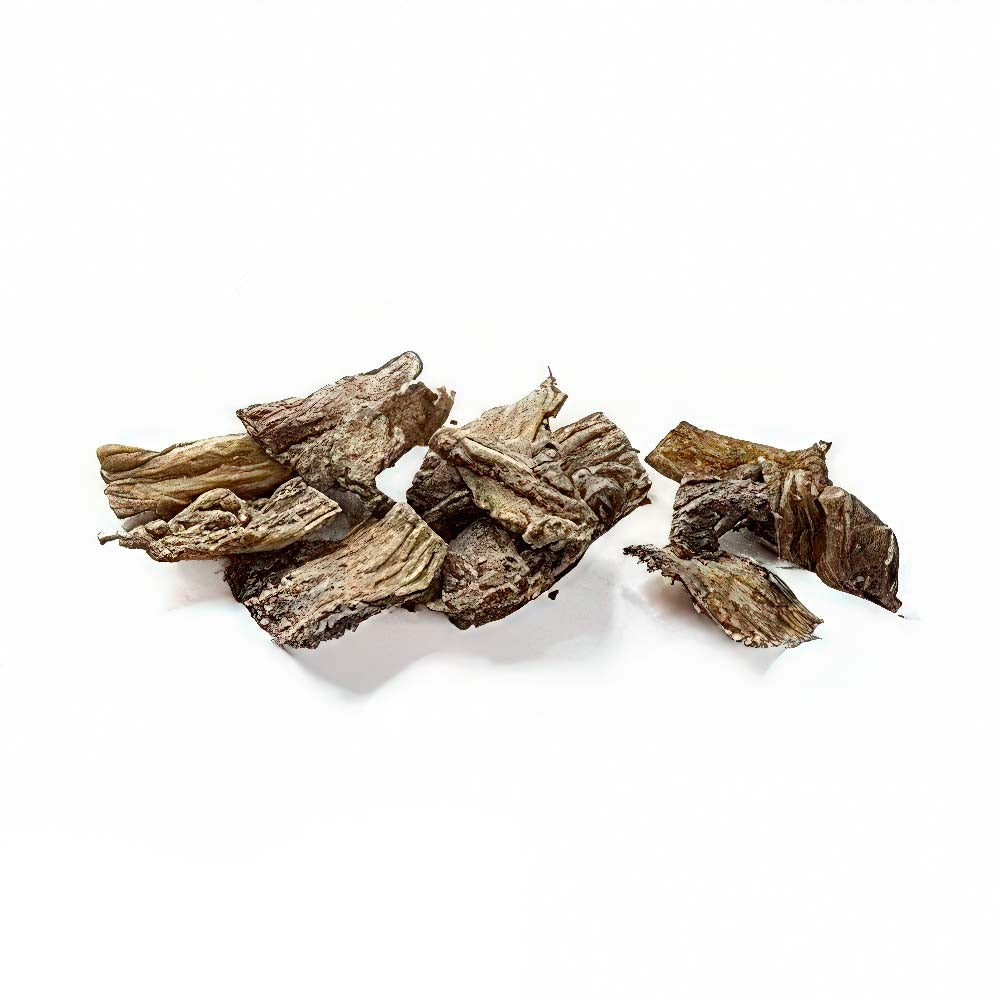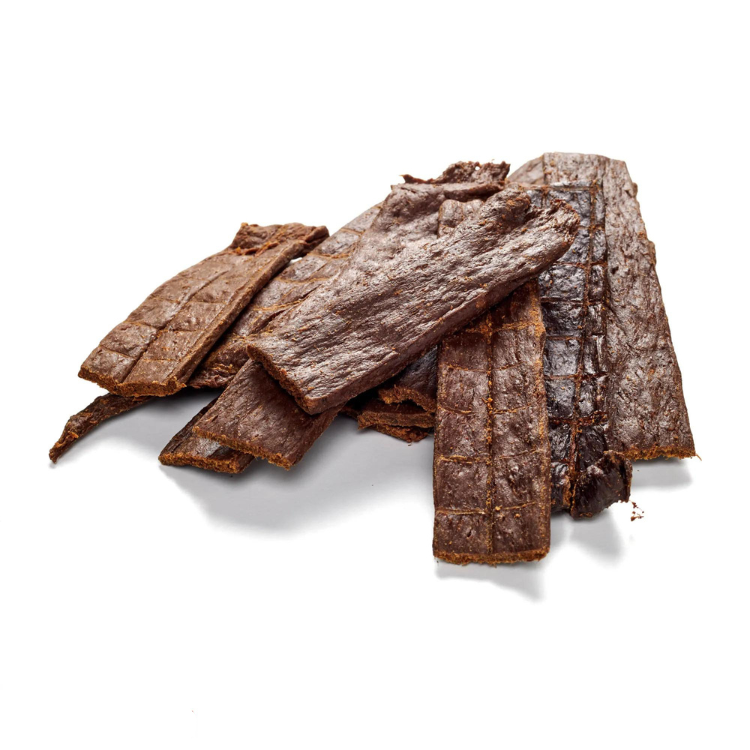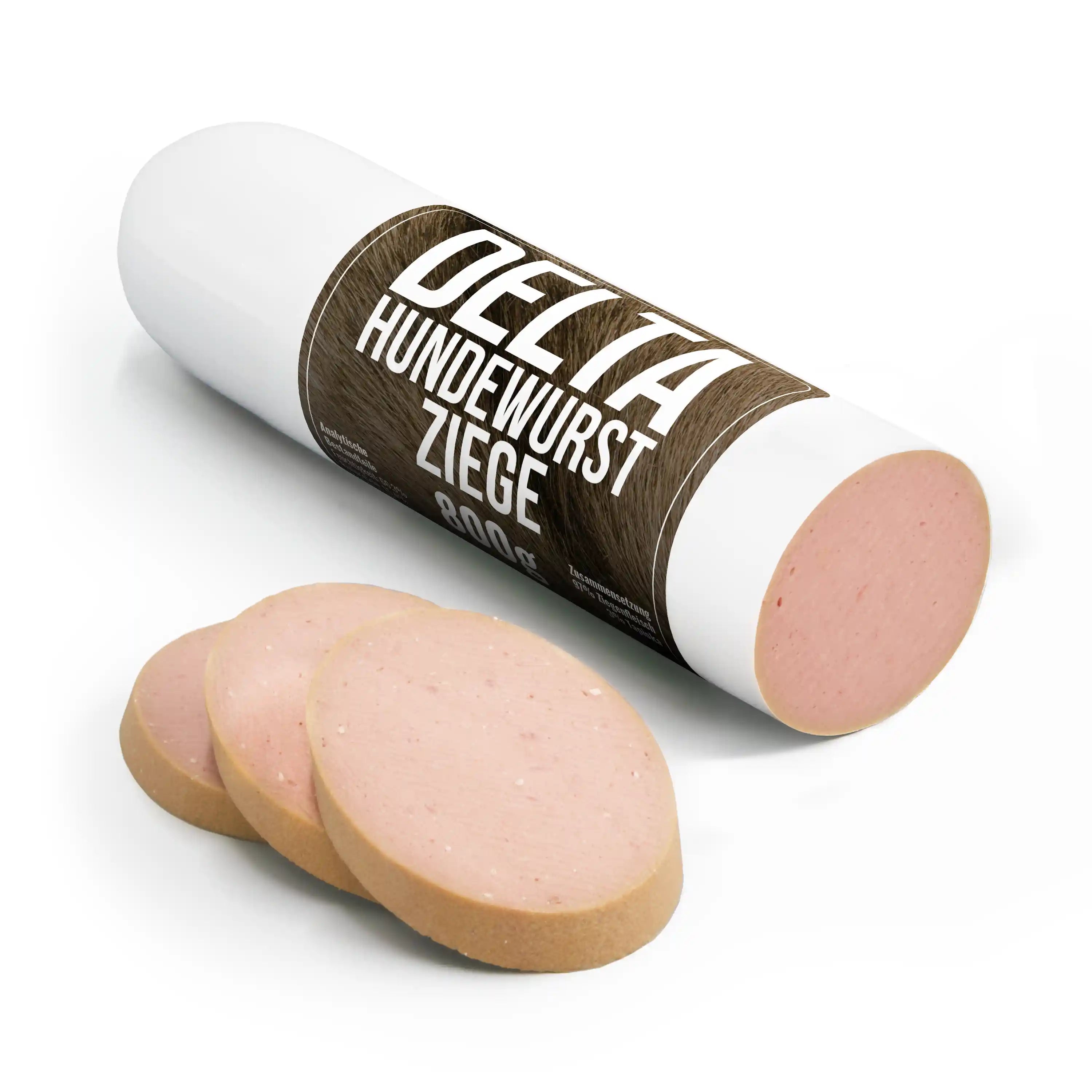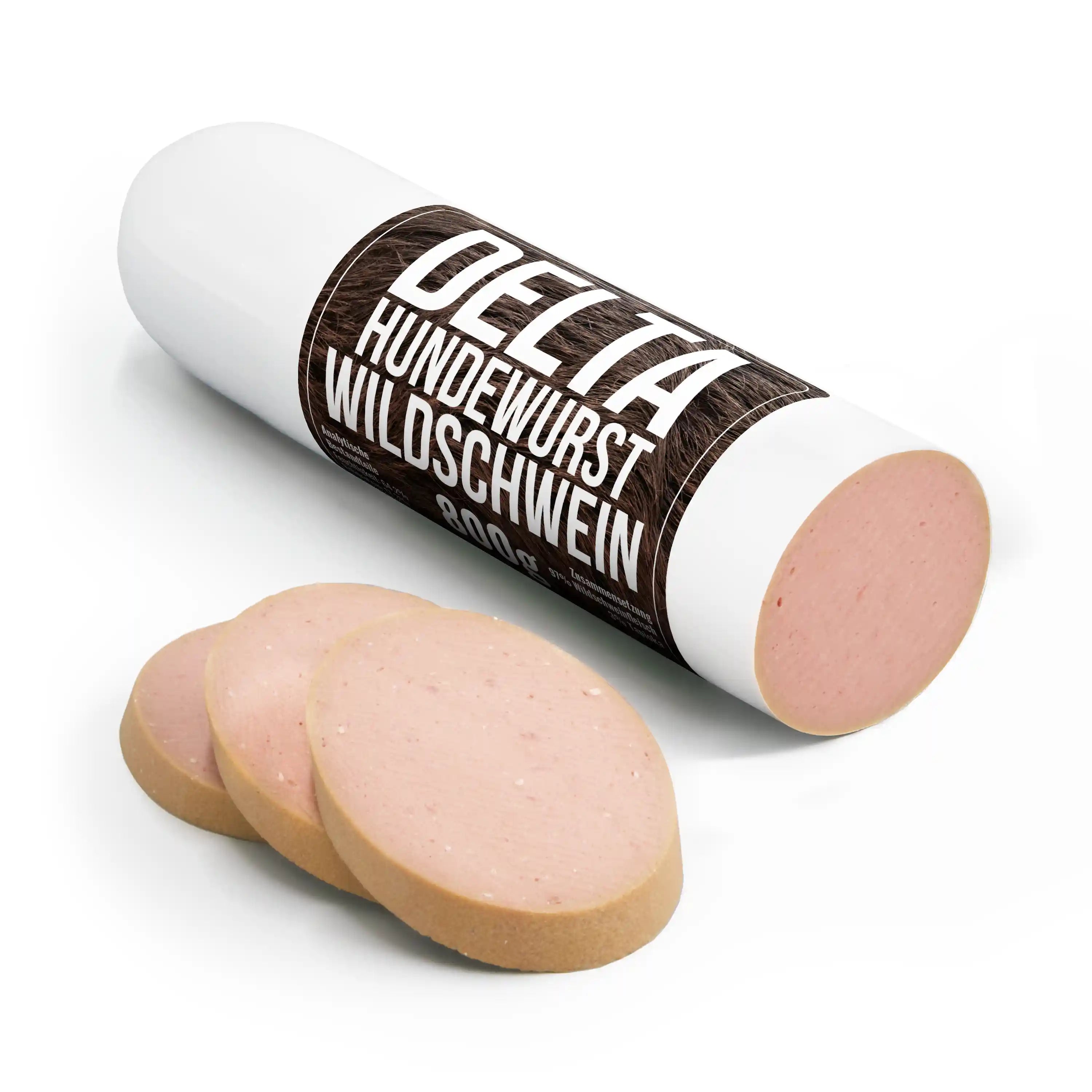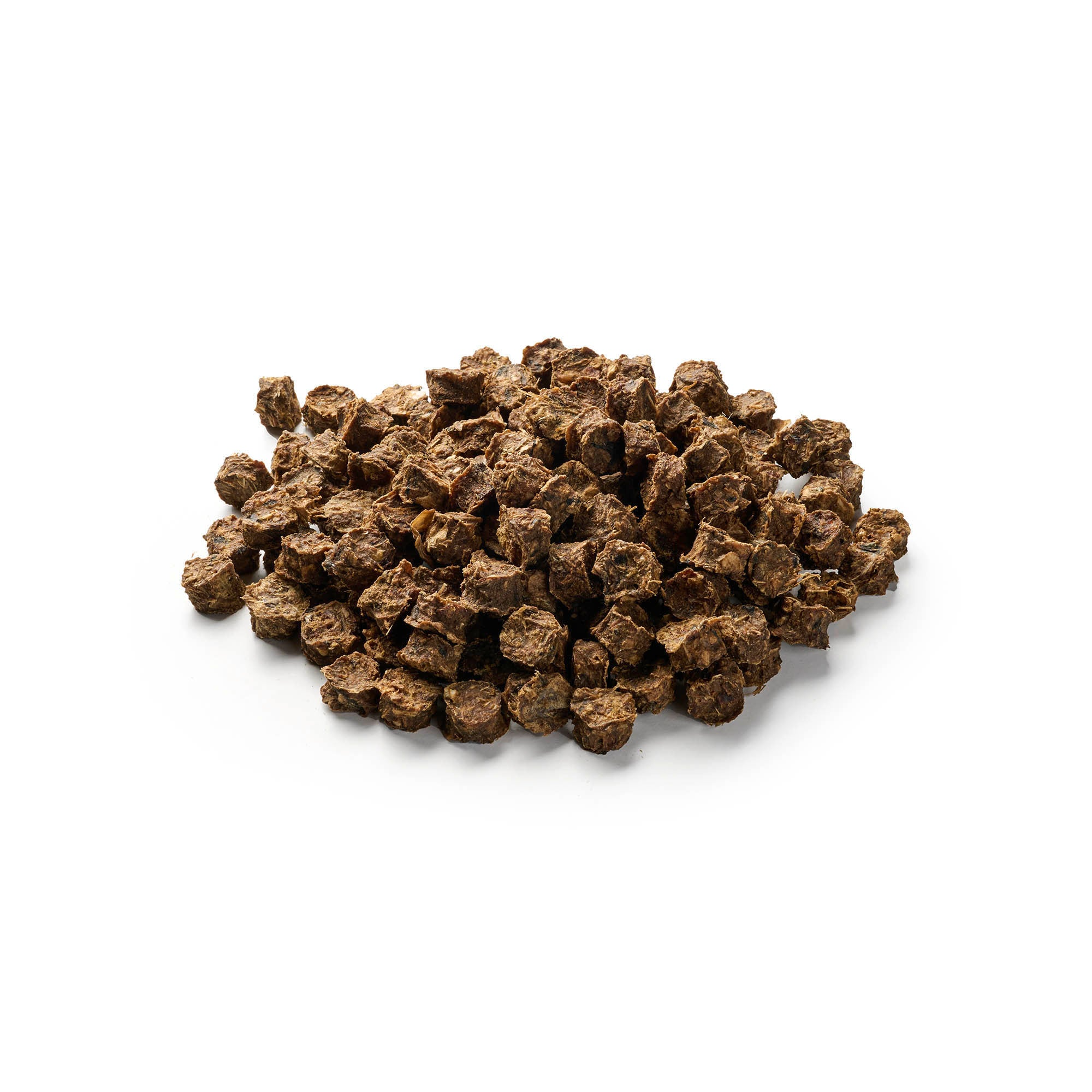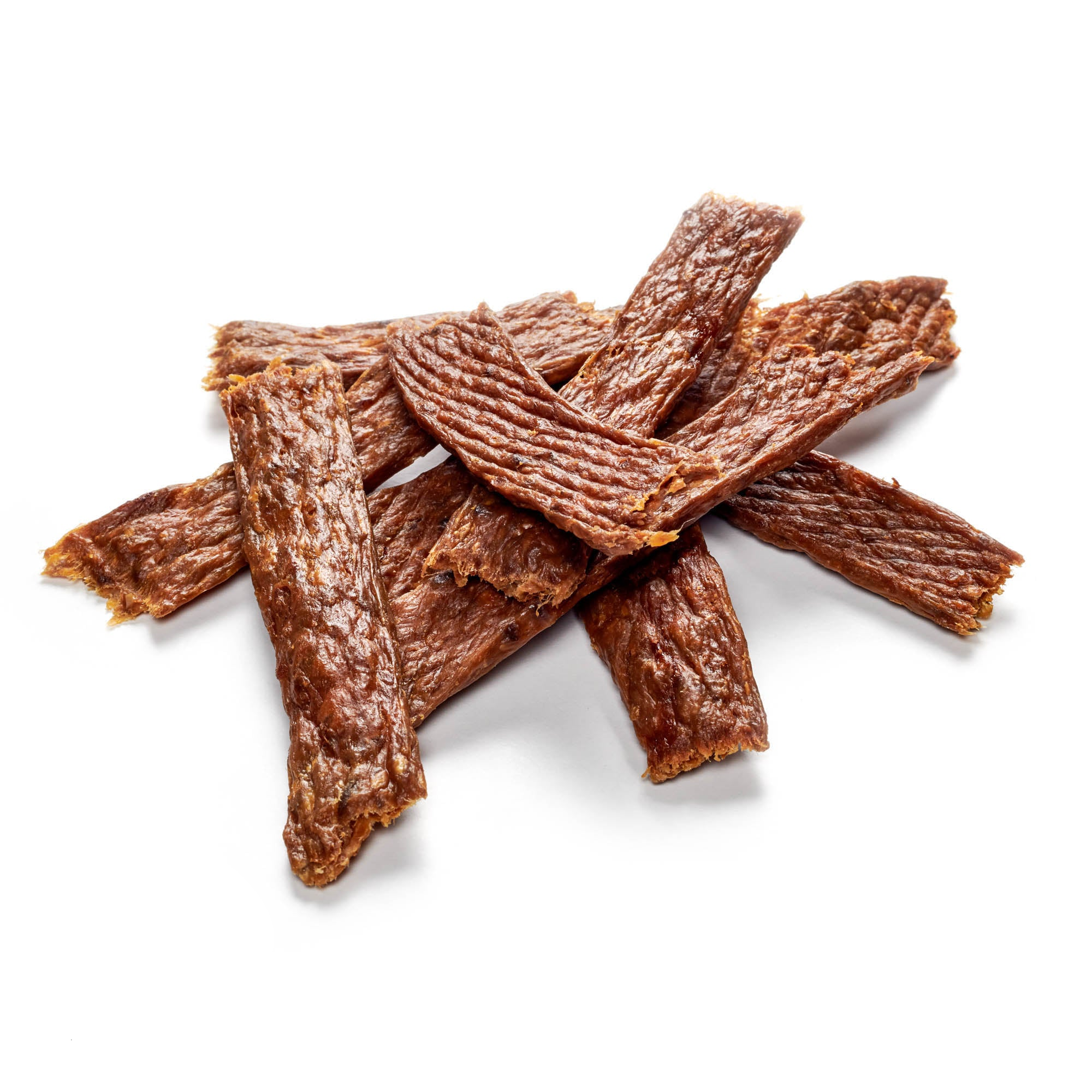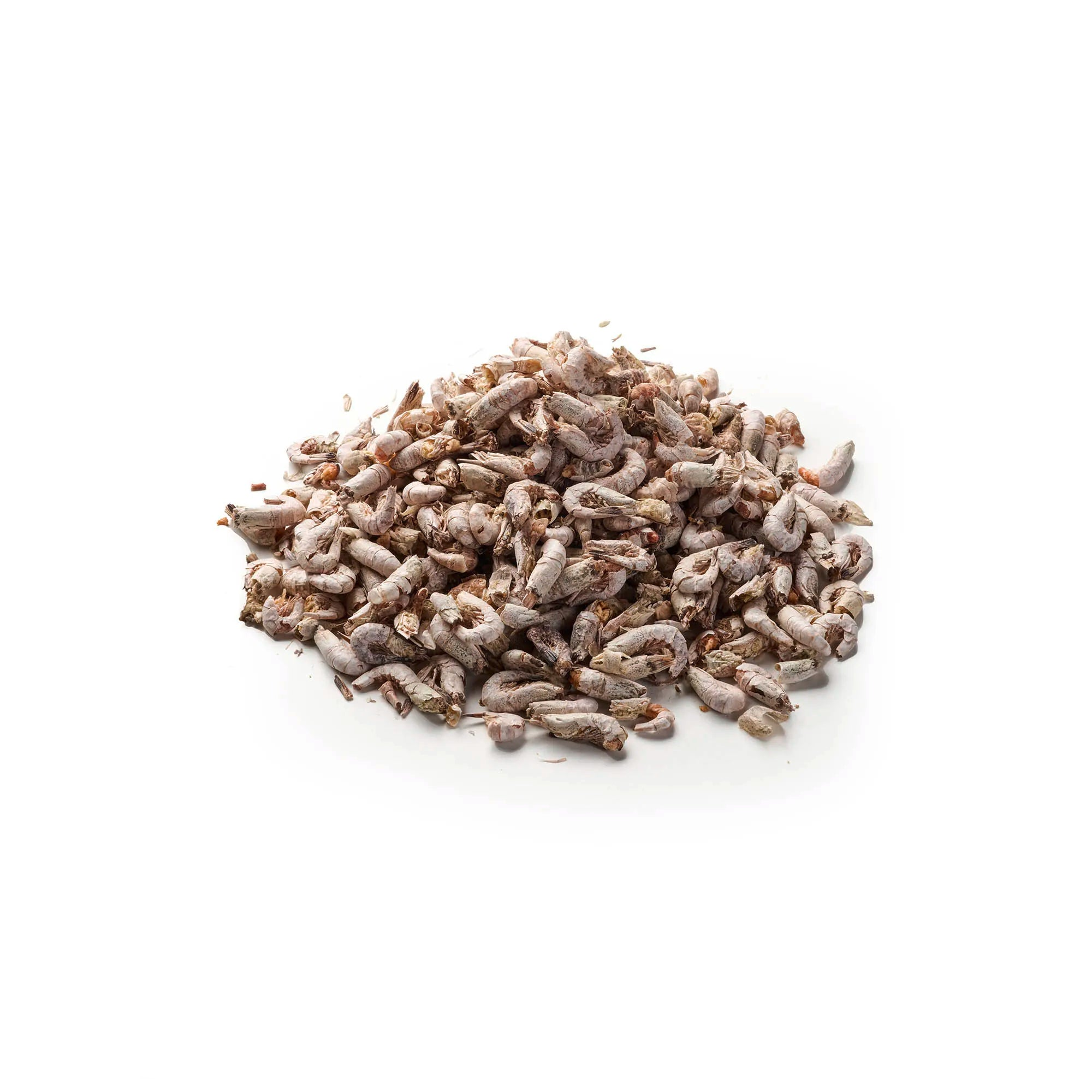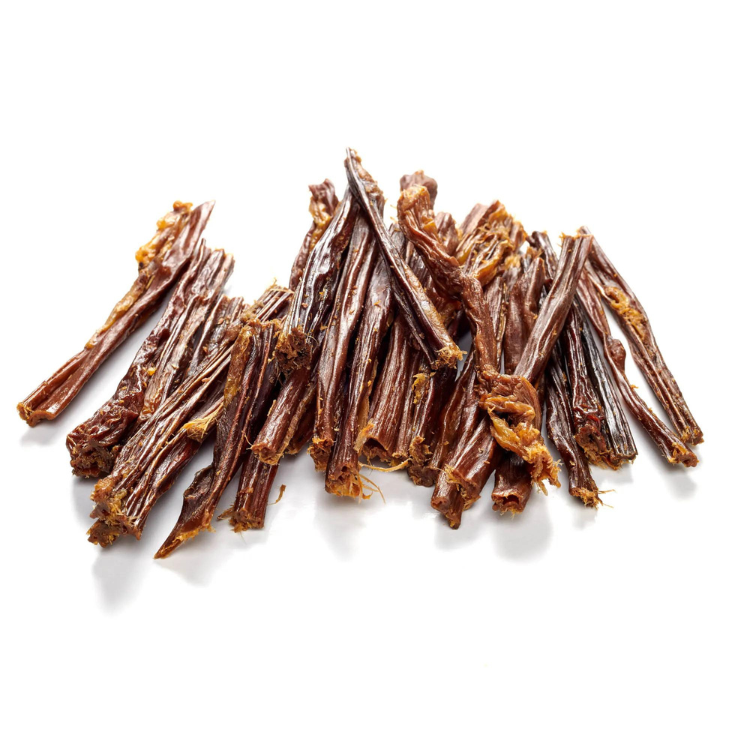
Japanese Spitz
Share
If you like small dogs that are both striking and charming, the Japanese Spitz might be just what you're looking for. With its thick coat, dark eyes and characteristic pointed face, it attracts attention. The Japanese Spitz is also characterized by its friendly and uncomplicated nature and is a pleasant companion.
Content: Japanese Spitz
- profile
- Special features
- Nutrition
- Health and care
- Origin & History
- The right accessories
- Conclusion
Dog chews available for happy and satisfied four-legged friends!
Japanese Spitz - Profile
- Character: Intelligent, loyal, lively
- Size: Small
- Height: 30-38 cm
- Weight: 5-10 kg
- Life expectancy: 12-14 years
- Coat type: Long, dense
- Colour: Pure white
- FCI Group: Spitz and primitive dogs
Japanese Spitz - Special characteristics
The Nihon Supittsu, also known as the Japanese Spitz, was recognized as a Japanese dog breed by the Fédération Cynologique Internationale (FCI) in 1964 and belongs to FCI Group 5, Section 5, Standard No. 262.The Japanese Spitz is characterized by its pure white coat, which is straight and dense. The splendor of its appearance is emphasized by the beautiful ruff on the shoulder, neck and forechest, as well as the long, voluminous flag on the tail. Although it has short legs, the Japanese Spitz is athletic and extremely agile. Thanks to its balanced proportions, the compact breed of dog is both attractive and harmonious. The height at the withers, the transition from the neck to the back, is usually between 30 and 38 cm in adult males, while females are slightly smaller. The weight of the Japanese Spitz varies between 4.5 and 11 kg.The external appearance of the Japanese Spitz harmonizes perfectly with its balanced nature. He is an alert guard, but does not immediately react to every approach with excessive barking . He only becomes loud and defends himself resolutely when he perceives a serious threat.
Japanese Spitz - What should be considered regarding nutrition?
Proper nutrition also plays a crucial role in the health and well-being of the Japanese Spitz. These small dogs are prone to developing obesity, which can lead to joint problems, cardiovascular disease and diabetes. It is important to stick to the manufacturers' recommended food amounts and not to give excessive treats. The quality of the food is also crucial, and it should contain high-quality meat and not low-quality fillers. Home-made dog food or raw feeding (BARF) can also be good options, but require knowledge of how to balance the dog's diet.
Delicious dog snacks for pure enjoyment are available from us!
<Japanese Spitz - Health and Care
Grooming the Japanese Spitz requires special attention due to its distinctive white coat. The coat should be brushed weekly, keeping in mind that the Japanese Spitz sheds its coat twice a year, which lasts about 2-3 weeks. During the shedding period, it should be brushed thoroughly daily.Due to its dirt-repellent coat, the Japanese Spitz should not be bathed regularly, as too frequent bathing can irritate its skin. A bath twice a year is sufficient, but if it comes into contact with mud, one should wait until the mud has dried and then simply brush it off.Dental care is also important and requires at least weekly brushing. It is even better to brush the teeth daily, as the Japanese Spitz is prone to dental problems.It is also important to watch out for possible hereditary health problems in this breed, such as narrowed tear ducts, eye diseases such as distichiasis, inflammation of the nose, ears and paws, and patellar luxation, which is when the kneecap slips out of its guide. Regular observation of the dog is therefore necessary in order to be able to react to possible problems at an early stage, if necessary with veterinary assistance.
Japanese Spitz - Origin & History
The Japanese Spitz has an unexpected origin, as it does not originally come from Japan. In fact, the Japanese Spitz was brought to Japan by travelers at the beginning of the 20th century. The exact origin of this breed is disputed among cynologists, but there are speculations that its ancestors were Nordic Spitz. The similar appearance of the Japanese Spitz to the German Mittelspitz suggests that it could be descended from this breed. It is also suspected that the Japanese Spitz could be derived from the white German Großspitz and reached Japan via Siberia and China.The breed was first presented at a dog show in Tokyo in the 1920s. In order to improve breeding, suitable Spitz were imported, initially from Canada and later from China, Australia and the USA. The small white dog with its attractive appearance and pleasant nature enjoyed increasing popularity in Japan.The first breed standard was established by the Japanese Kennel Club in 1948 and remained valid until it was revised by the FCI. In Japan, people were always careful to keep the Japanese Spitz small, while breeders in Germany preferred larger animals. Although the Japanese Spitz was very popular in Japan for many decades, the number of newly registered puppies has recently fallen. In Europe and the USA, however, the Japanese Spitz is enjoying increasing popularity. It could have originated from a large Japanese Spitz and reached Japan via Siberia and China.
Japanese Spitz - The right accessories
The Japanese Spitz does not require any special breed-specific equipment, but you should make sure you have a leash and collar or harness. Flexi leashes can be helpful to accommodate the Japanese Spitz's need for exercise. For grooming, you will need a brush and comb, as well as a toothbrush and toothpaste for your dog's oral hygiene.
A cozy dog bed or blanket for his own resting place is important, as are food and water bowls . Toys that suit his active nature will bring joy to your Japanese Spitz, especially toys that offer mental challenges.
Japanese Spitz - Conclusion
The Japanese Spitz, although not originally from Japan, is an adorable breed with a beautiful white coat and a friendly personality. This breed has become increasingly popular in Europe and the United States and makes a good family dog. Grooming the Japanese Spitz requires regular brushing and dental care, but its dirt-resistant coat makes it relatively easy to care for. The dogs are active and require plenty of exercise and mental challenges.
Pamper your dog with our delicious chews!

